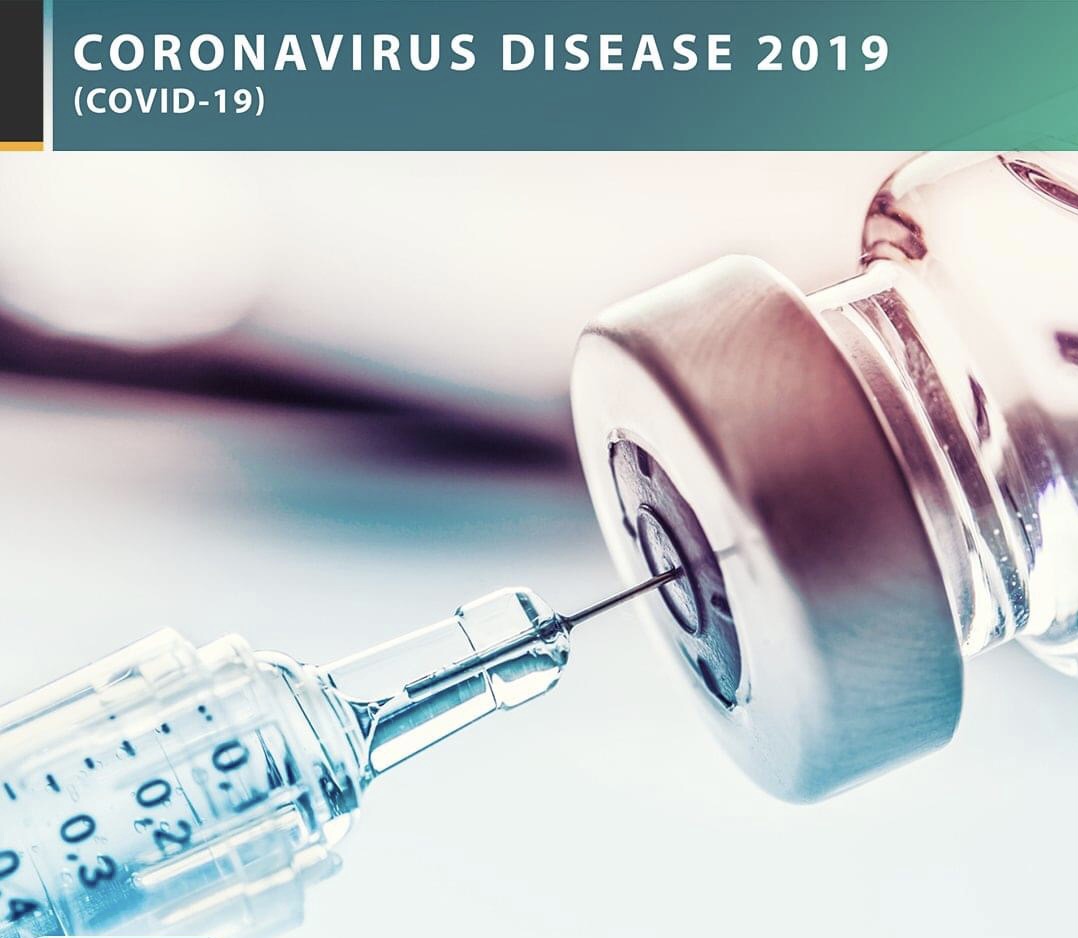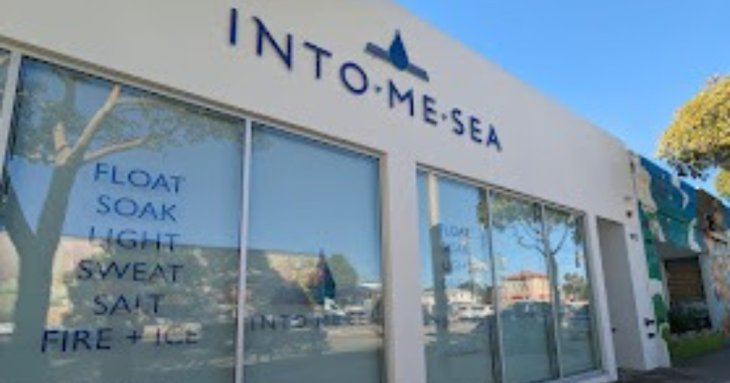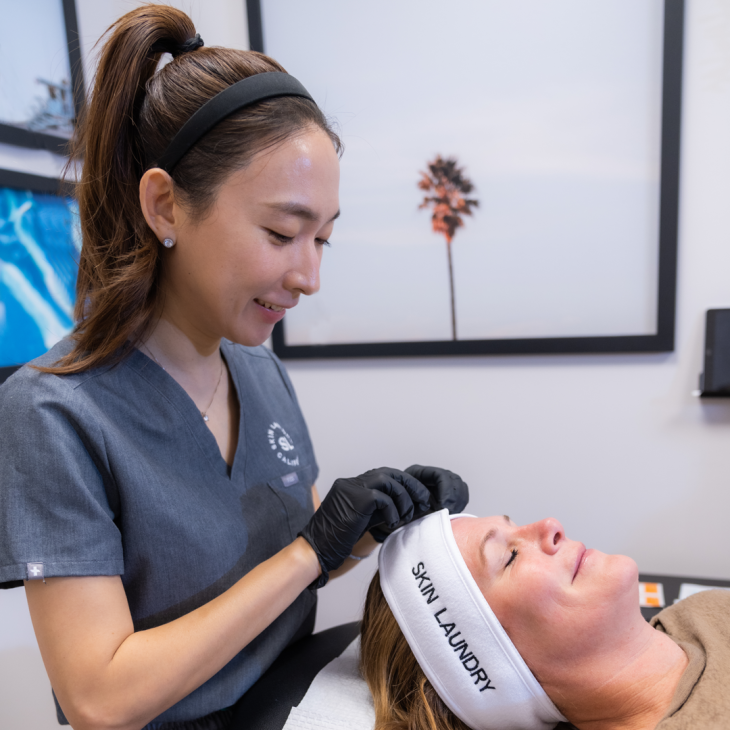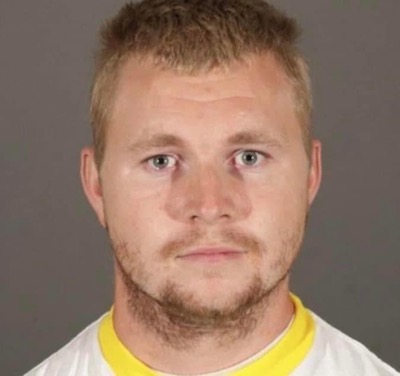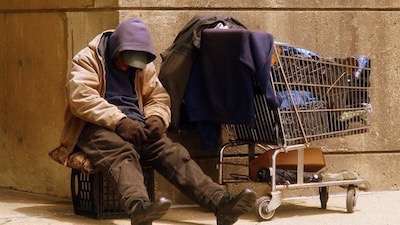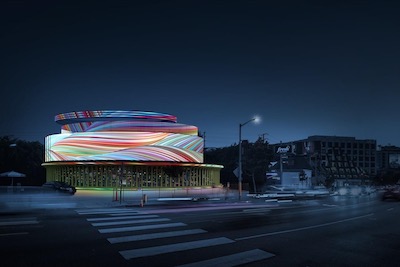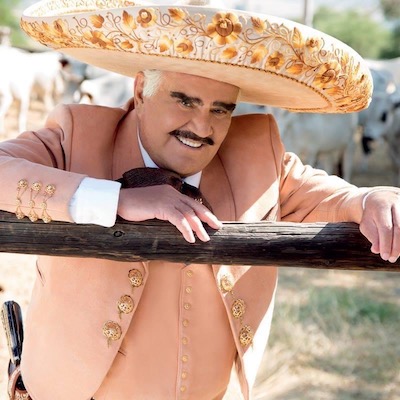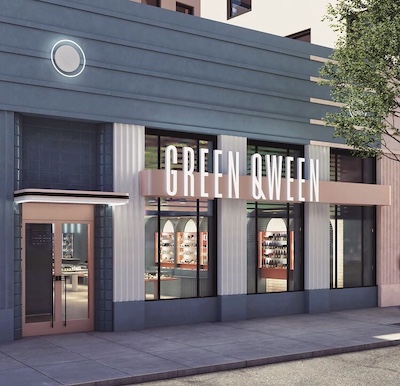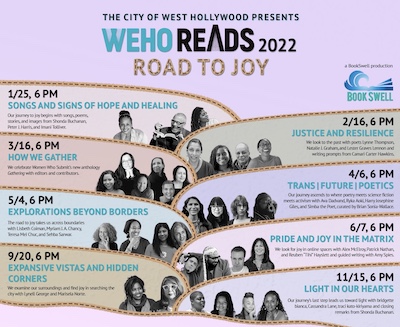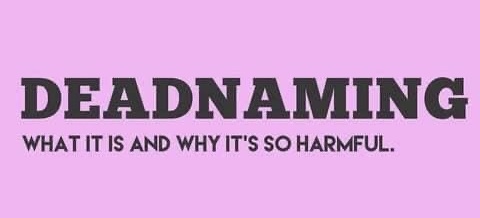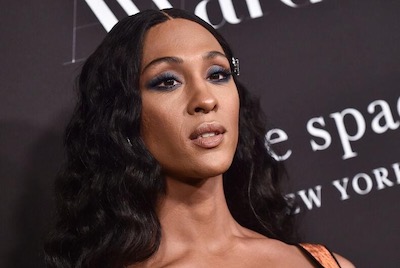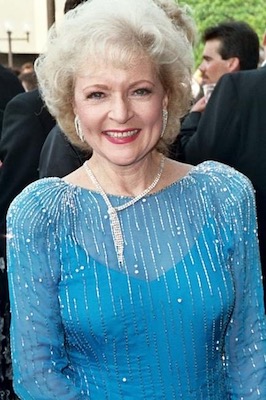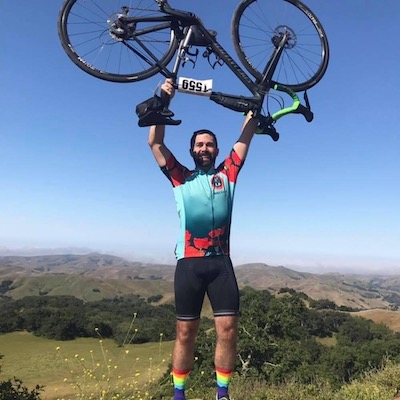The first of 400 doses received by the Center were dispensed by Dr. Ward Carpenter, co-director of health services at the Center’s McDonald/Wright Building located on North Schrader Blvd.
Keith Leach, a Black frontline worker healthcare coworker at the Los Angeles LGBT Center, was the first to receive his first dose of the Moderna COVID-19 vaccination followed by applause from doctors and staff.
Leach stated he felt “great and happy” after receiving the vaccine. He then highlighted the fact that, for the Black community, it might be difficult approaching the vaccines due to the history of the healthcare industry being racialized, but recommends that everyone get the vaccine because of how important it is.
The Center’s Chief Medical Officer, Dr. Robert Bolan, stated that the Center’s doctors administering the vaccines believe that this is a clear step in the right direction to mitigating the impacts of COVID-19. “It’s amazing,” Bolan said, “It feels like how it felt after the first HIV treatment was given to the public.”
The Center had acquired the deep freeze capabilities to store the vaccines a few weeks ago according to Lorri Jean, the Chief Executive Officer of the Center. In an emailed statement Jean told the Blade that “[The Center] has the capacity to store 100,000 doses. But, we have no idea how many doses we will receive.”
Darrel Cummings, the Center’s Chief of Staff, noted, “Vaccines were delivered to us for the purposes of vaccinating healthcare workers only. Should there be any leftover doses, we are required to return those to public health for use by other healthcare organizations. We cannot choose to provide them to others who do not work in our healthcare programs. We will receive the same number of booster vaccine doses as we have with the first dose and they will arrive in a time appropriate manner.”
“We made determinations about who to offer that vaccine to first. Those who work daily on site and come into contact with clients as a part of their jobs were first followed by those who have a hybrid work schedule, working remotely some days and on site others. Basically, the order placed first those who have the most contact with others most often,” he added.
The Center employs over 800 staff members and has several clinic operations.

